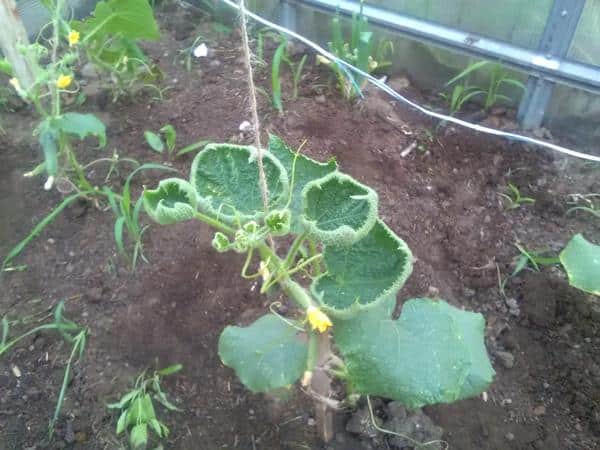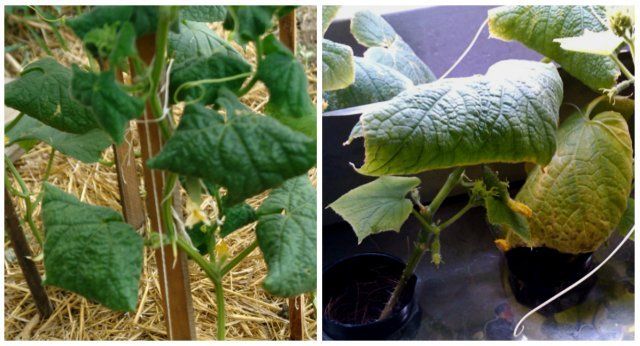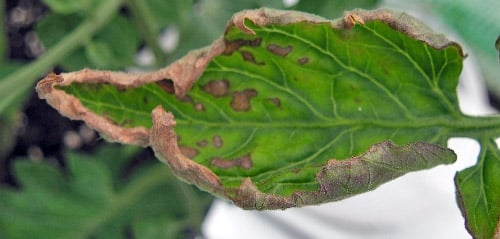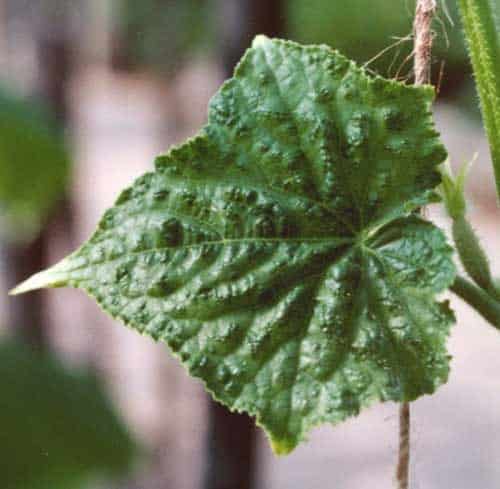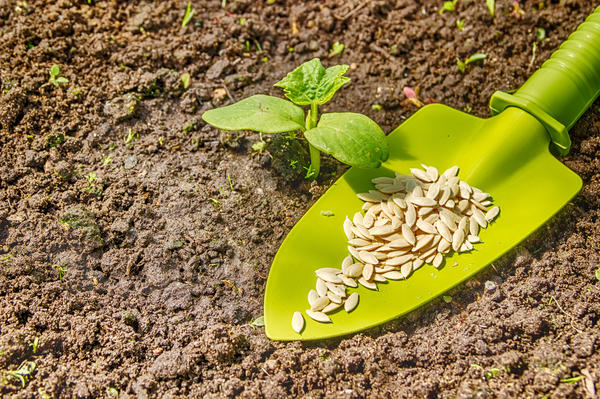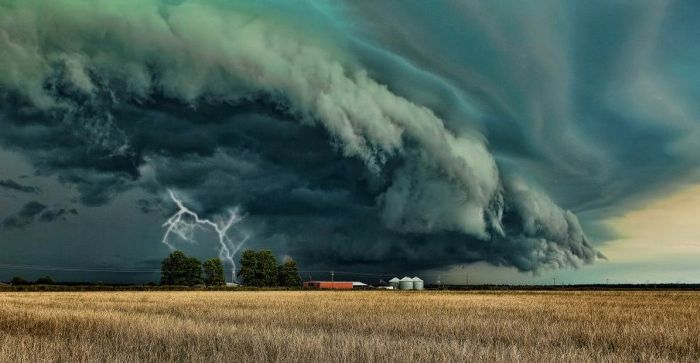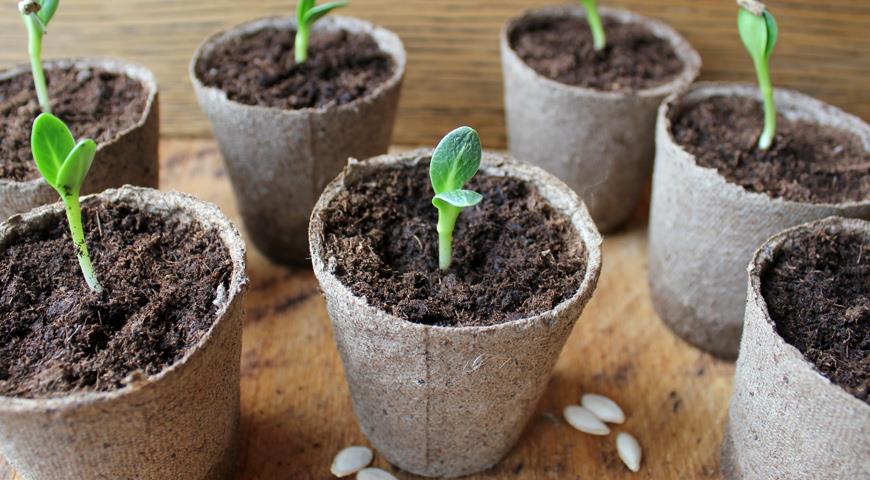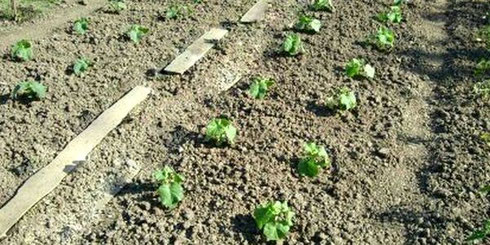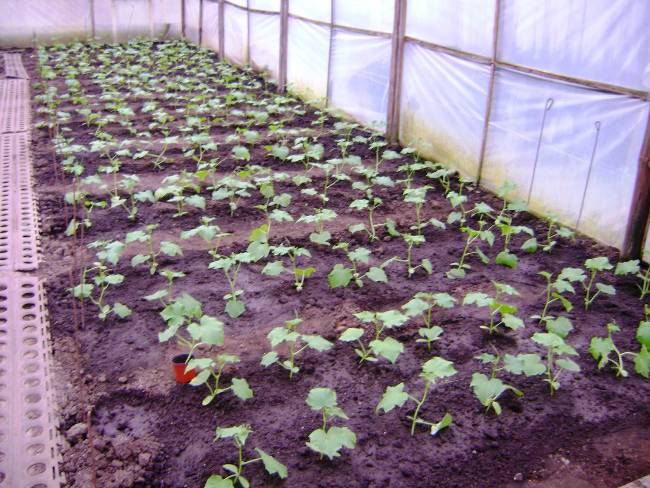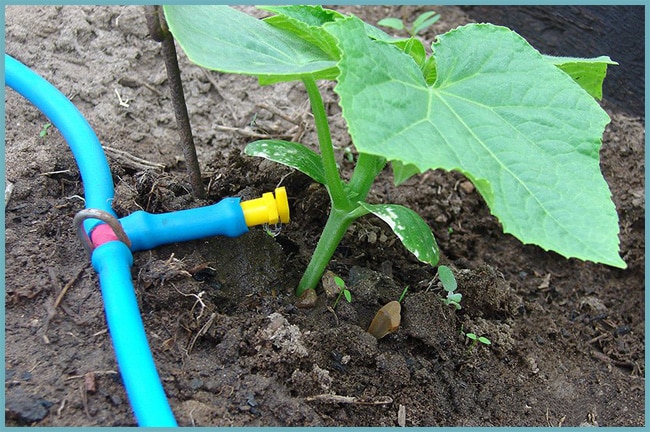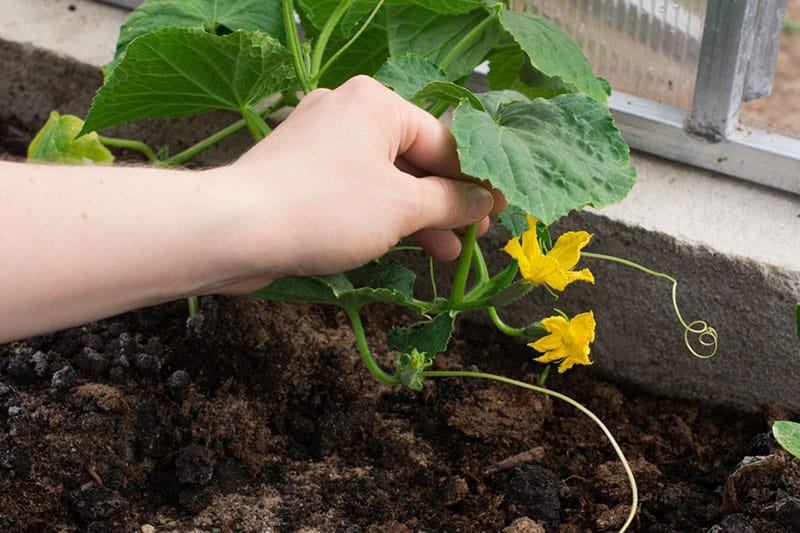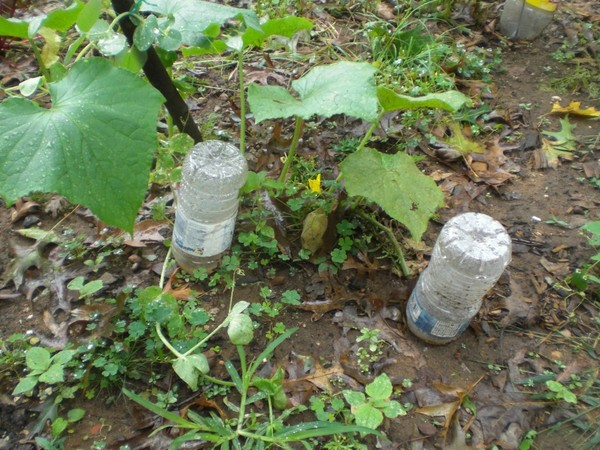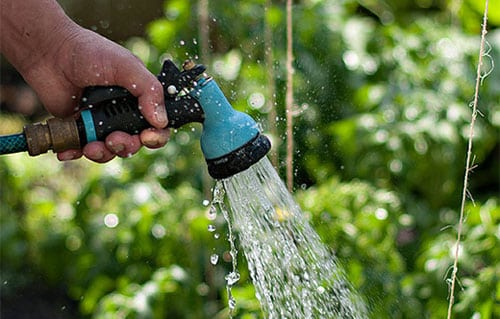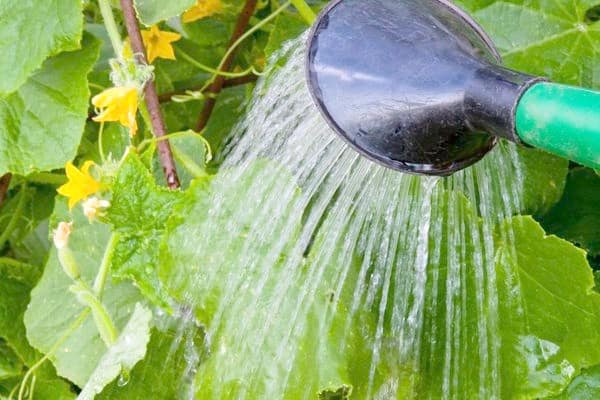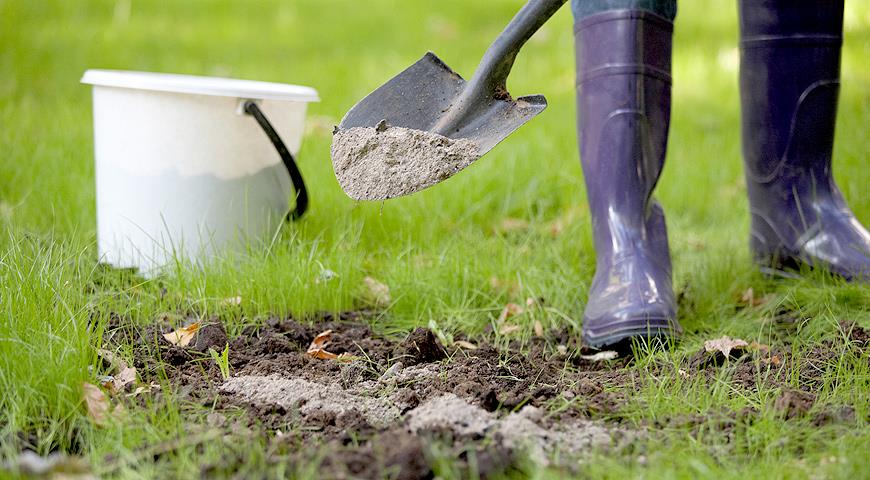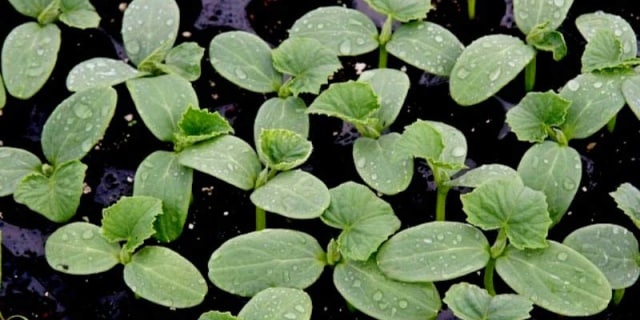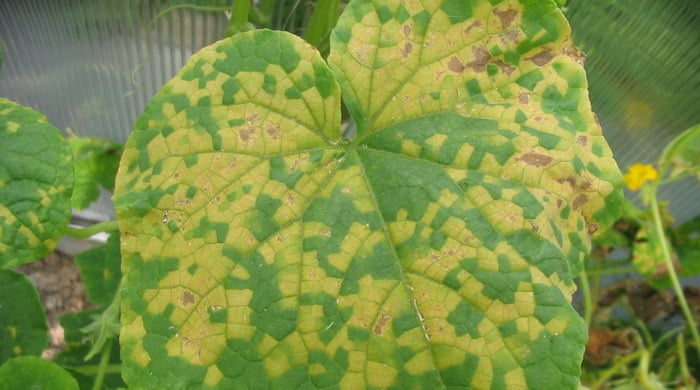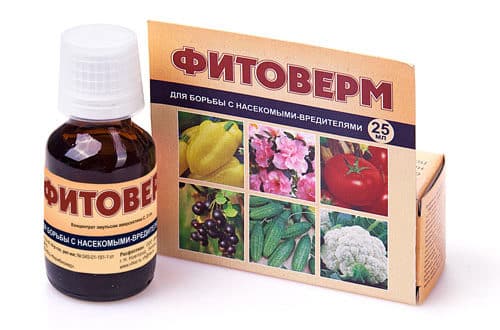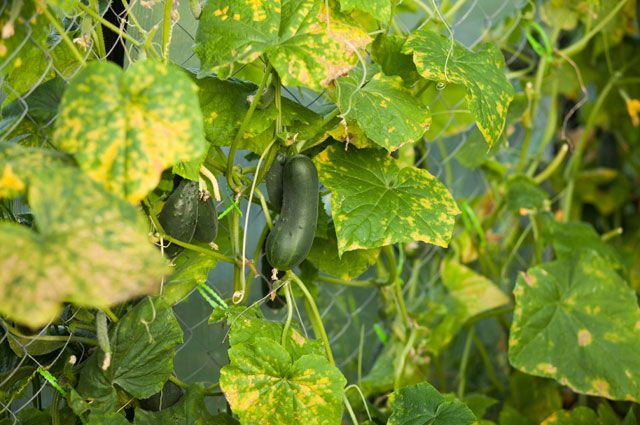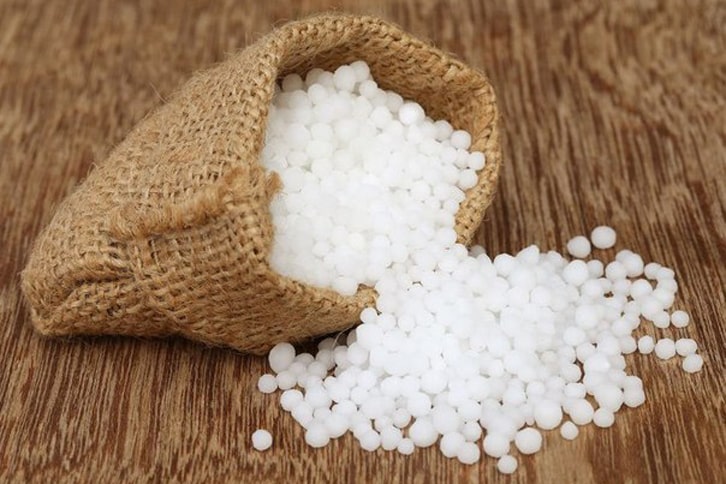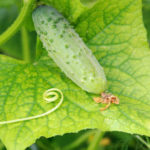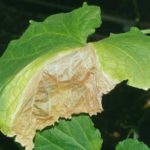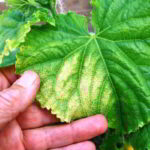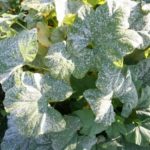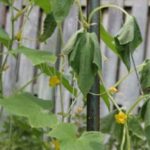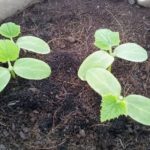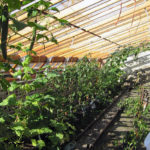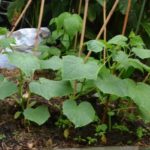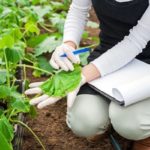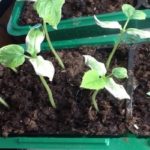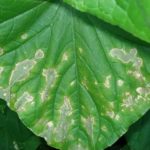Both a lack of nutrients in the soil and various viruses and bacteria can cause leaves to curl in cucumbers. To help the plant and not lose the harvest, you need to know the cause of the problem, and there are a lot of them.
- Why do cucumber leaves curl?
- Up
- Inside
- Drying
- Wrinkle
- Problems associated with planting and care
- Weather
- Hypothermia
- Violation of the landing pattern
- In the greenhouse
- On the windowsill
- Improper watering
- Insufficient watering
- Abundant watering
- Nutrient deficiency
- Ammonia burn
- Picking
- Diseases and pests
- Powdery mildew
- Root rot
- Virus infection
- When and what to feed cucumbers
- Preventive measures
Why do cucumber leaves curl?
Sometimes you can notice that the leaves of cucumbers in the garden wrinkle, turn yellow, dry out and fall off. Before starting treatment, you need to understand the problem, examine the diseased bushes, perhaps other signs will be discovered. If the cause is not detected in a timely manner and incorrectly, you can completely lose the harvest.
Common reasons are:
lack of nutrients in the soil (nitrogen, sulfur, magnesium, calcium);
- improper feeding (insufficient or excessive application of certain components);
- violation of the irrigation regime;
- pest attack;
- fungal, viral or bacterial infections;
- sunburn.
If you detect a problem in time, you can stop its spread and revive diseased bushes.
Up
If cucumber leaves curl upward, the cause is often a lack of nutrients, in particular potassium, calcium and zinc.
Leaves curl outward due to many diseases. Most often due to powdery mildew. Additionally, a whitish coating can be found on the surface of the leaves.
Inside
Cucumber leaves can curl inward due to a lack of, for example, calcium, nitrogen, magnesium, or sulfur. A deficiency of these nutritional components may occur as a result of improper preparation of the land before planting or insufficient application of fertilizers during the development of the vegetable crop.
If there is not enough moisture in the air and soil, evaporation from the surface of cucumber leaves accelerates. To conserve moisture, the plant reduces the surface area of the leaves and they shrink. Often this condition of leaves can be observed on hot summer days.
The leaf blade of cucumbers curls down as a result of excess moisture and high humidity in the air.
Leaves may curl inward due to diseases and pest attacks. In diseased bushes, the color of the leaves changes, black or light dots and stripes appear. The plant turns yellow and dries out. The reason may be an incorrect planting pattern (planted too densely), failure to observe crop rotation, air temperatures that are too low or high, or improper care (for example, untimely weeding and loosening of the soil).
Drying
Sometimes vegetable growers may encounter a problem when cucumber seedlings dry out.
Often the problem can be easily fixed if you notice it in the early stages:
- Improper watering, excess moisture, but most often lack of it.
- Insufficient lighting.
- Cold air, due to which the soil temperature drops below 17 degrees, and the plant does not absorb nutrients well.
- Micronutrient deficiency, especially nitrogen and potassium.
- The cause of drying and curling of seedling leaves can be too dense planting or a small container.
The same reasons can lead to a change in the appearance of cucumber leaves when grown in open ground.
Diseases and pests can cause yellowing. Most often, cucumber beds suffer from fusarium, powdery mildew, whiteflies and aphids. The edges turn yellow due to a lack of nutritional components in the soil. In some cases, cucumber leaves turn yellow and dry as a result of the natural aging process. As a rule, this applies to large leaves that have been growing on the stem for a long time.
Wrinkle
A wrinkled, yellowed leaf should alert vegetable growers.
It is necessary to determine the cause in time in order to begin the right fight:
- The main reason why the green mass of cucumbers in a greenhouse withers is improper watering. Gradually, the leaf plate begins to turn yellow, dry out and fall off. Watering cucumbers you need 4 times a week, at first you can use a weak solution of potassium permanganate, Fitosporin, Trichodermin.
- Wrinkled leaves may indicate a lack of nitrogen and other microelements in the soil. In this case, it is useful to add an infusion of chicken manure or urea.
- Cucumber leaves can shrink from direct sunlight. A covering structure should be installed that would protect from the effects of the scorching sun.
- If a vegetable crop is infected with infections or is attacked by pests, the leaves wrinkle, dry out, and turn yellow.
Each unfavorable factor can cause a decrease in the yield and taste of fruits, so it must be eliminated in a timely manner.
Problems associated with planting and care
The reason why the leaves of cucumber seedlings curl, wither and dry out may be failure to follow planting rules:
- Cucumbers should be planted only when the soil warms up to +12 degrees, and there is no threat of frost.
- They begin to plant in the greenhouse in mid-April, in open ground in early June.
- The age of seedlings intended for transplantation should be 25 days.
- It is better to tie cucumber vines to a support so as not to shade all parts of the plant and allow light and air to circulate freely.
If not properly cared for, the vines begin to grow, the leaves curl, dry out and turn yellow, and the cucumbers form irregular shapes with a bitter aftertaste.
Weather
Warm and humid summers are most favorable for cucumbers.Due to high air temperatures, the soil is constantly dry, plants begin to get sick, fruits lose their juiciness and taste, leaves wither and dry. Prolonged precipitation, sharp fluctuations in ambient temperature, and the return of frost lead to hypothermia of seedlings. As a result, the plant may die altogether.
Cloudy days also cause leaves to curl inward or outward and lose their rich green color.
Hypothermia
A drop in air temperature can cause the leaves of cucumbers to curl, since the vegetable is a heat-loving vegetable crop. In open ground, these may be unfavorable weather conditions (prolonged rains, return of frosts), or too early planting of seedlings in unheated soil.
Hypothermia of cucumber seedlings can occur due to a cold window sill or improperly carried out hardening procedure.
Violation of the landing pattern
Often the leaves of seedlings that are planted too close to each other curl, turn yellow and dry out. This happens as a result of insufficient supply of light, air, and nutrients to all parts of the plant. The risk of developing fungal and viral diseases increases.
When growing cucumber seedlings, you must choose large containers and maintain distance during sowing. If the seeds are planted directly in open ground, then the holes are made no more than 3 cm deep. The distance between the rows should be 80-90 cm. An interval of 20 cm is left between the bushes.
In the greenhouse
Almost everyone has a greenhouse installed on their plot of land. It allows you not to adapt to weather conditions; in addition, you can independently regulate the humidity and temperature of the air. But problems can also arise in the greenhouse.
There are several reasons why cucumber leaves curl:
- unheated soil (the plant’s immunity decreases and development slows down);
- low humidity and high indoor temperature;
- lack of microelements in the soil (in a greenhouse, the soil is depleted faster, so it is recommended to update the top layer of soil annually and regularly apply fertilizers).
It is very important to set the correct temperature and watering when caring for greenhouse crops.
Curling and other changes in leaves in a greenhouse should be treated by frequent ventilation of the room, establishing a temperature regime and fertilizing the soil with fertilizers. The air temperature in the greenhouse after germination should be +22 degrees. The humidity level in the greenhouse varies depending on the period of development of the cucumbers. During the period of active growth, the humidity should be 90%, during the flowering period a little lower - 80%.
The humidity level in greenhouses and greenhouses is easy to maintain with constant watering. If there is enough moisture in the greenhouse soil, the plant will feel good.
On the windowsill
At home, on the windowsill, you can grow cucumbers and enjoy them in any season. But some factors can impair plant development and reduce yield.
If the leaves of cucumbers on the windowsill curl and dry, then unfavorable factors may include:
- incorrect watering regime (when growing crops in a room, rare watering is required);
- insufficient air humidity;
- deficiency of nutrients in the soil;
- incorrectly selected soil.
The situation can be corrected by restoring the watering regime. Watering the cucumbers generously with warm water once a week is enough. Be sure to ensure that there is no stagnant water.
It is useful to regularly spray the green part of the plants; do not forget about fertilizing.
The leaves of cucumber seedlings change appearance due to insufficient light, drafts, poor soil, incorrectly selected containers, and too dense planting of seeds.
Improper watering
Cucumber loves a lot of water, so it requires constant watering. When the soil is moistened, cucumbers receive sufficient nutrients and form tasty fruits. When the soil dries out, the development of the crop stops.
In this case, it is necessary to avoid stagnation of water at the roots, this interferes with the flow of air to them and increases the risk of rotting:
- Before the flowering period begins, it is recommended to water cucumbers once every 4-5 days.
- After the ovaries appear, the number of waterings is increased to once every two days.
- In the active phase of fruiting, water every other day. If the weather is hot, dry, then daily watering is indicated.
When frequent rains occur, soil irrigation is completely stopped. Before flowering begins, 1 sq. m consume 4-5 liters of warm water. During the formation of ovaries and fruiting, water consumption per 1 sq. m increases to 10 liters.
Insufficient watering
It is important to establish a watering regime for cucumbers. Dry and hot weather can cause leaves to curl. In this case, you need to restore the water balance. First, you should carefully loosen the top layer of soil, and then irrigate it generously with warm water.
In the future, it is recommended to water every 4-5 days, the soil should be wet to a depth of 12 cm.
It is easier to increase air humidity in a greenhouse or room than in the open air. It is important that the necessary moisture reaches not only the roots, but also the leaves. Water is sprayed using a spray bottle. If leaves dry out in the open ground due to dry air, you can water the leaves.The procedure can only be carried out early in the morning, using warm, settled water.
Proper watering of cucumbers will allow the soil to receive sufficient moisture. As a result, the fruits will be formed even, juicy and sweet. The risk of disease is reduced and the number of harvests increases.
Abundant watering
Excess moisture causes cucumber leaves to droop and become lifeless. In this case, you need to stop watering until the soil dries out. Water for irrigation should be warm and settled. Excessive watering of the soil leads to salinization, waterlogging of the soil and the formation of crust. A whitish crust appears on the surface of the earth, which prevents the flow of light, oxygen and nutritional components. Immediately after planting the cucumbers, the first watering is carried out after 3-4 days.
After each watering, it is recommended to loosen the soil. This will avoid the appearance of a crust and ensure better distribution of moisture and beneficial microelements.
Nutrient deficiency
Leaves curl most often due to a lack of nitrogen or potassium. With a lack of nitrogen, the edges of the leaves curl inward, and with a deficiency of potassium, they curl outward, and the edges of the leaves begin to turn yellow. You can compensate for the lack of nutrients with ammonium nitrate, potassium salt, wood ash, and potassium sulfate.
But not only nitrogen and potassium can lead to changes in the appearance of cucumber bushes. For example, with a lack of magnesium, the leaves look lethargic and pale yellow spots appear. Leaves become pale due to a lack of copper. If there is a lack of calcium, white stripes can be found on the leaves, which expand over time.
Ammonia burn
When burned by ammonia, the leaf blade curls inward.This happens as a result of introducing fresh manure or an excess amount of ammonium nitrate into the soil. In this case, it is recommended to remove the top layer of soil along with fertilizers. Then you need to add fresh soil and water.
Picking
Root system of cucumbers is poorly developed and does not tolerate picking, so many experienced vegetable growers exclude the procedure. If you plan to grow a crop through seedlings, then the seeds are immediately planted in separate containers; it is best to choose peat cups.
If the seeds were planted in a common container and after planting them in open ground the leaves began to curl and turn yellow, it means that the roots were damaged. This is the main reason why the leaves on cucumbers change appearance after picking.
To revive a damaged plant, you need to treat the beds with special preparations: Epin, Zircon, Kornevin.
Diseases and pests
Diseases of cucumbers often appear as a result of non-compliance with crop rotation, temperature changes, increased humidity, lack of timely fertilizing, poor lighting, unprepared area for planting, watering with cold water. In cucumbers, leaf curling can be observed due to diseases such as powdery mildew, downy mildew, cladosporiosis, Fusarium wilt, gray or white rot, field mosaic.
There are many ways to treat curling cucumber leaves during illness. In the early stages, when the fruits have not yet formed, you can use chemicals. If the problem appears at the stage of fruit formation, then it is better to choose biological products and compositions of folk recipes.
Among the well-known means of combating diseases: “Fitosporin”, “Hom”, Bordeaux mixture, “Oxychom”.
Leaf deformation can be caused by pests.The most common attacks are spider mites and aphids. Insects disrupt the supply of nutrients and water, and also transmit pathogens. If pests are detected, you need to spray the beds with “Fitoverm”, “Aktofit”, “Barguzin”, “Aktara”.
Powdery mildew
When infected with powdery mildew, a whitish-gray coating is observed on the leaves. Gradually, the powdery coating spreads to all parts of the plant, the leaves may curl, turn yellow and dry out.
The causative agent of a fungal disease very quickly spreads to healthy bushes in cold, wet weather. Fungal spores die at air temperatures above +25 degrees. The disease can be provoked by improper watering and excess nitrogen in the soil.
To prevent disease, you need to water the beds correctly and only with warm, settled water, remove weeds in a timely manner and loosen the rows. After harvesting, the remaining tops need to be removed from the site.
Root rot
Root rot affects crops at any stage of its development. Initially, the roots are affected, they become brownish-yellow and dry out over time. Then the stem becomes thinner, and the entire cucumber bush dies.
The disease can be provoked by watering with cold water, improper planting of cucumbers, deep planting of seeds, a sharp change from heat to cold and back.
Sick plants need to be immediately pulled out by the roots and burned. The remaining plants can be treated with wood ash and copper sulfate.
Virus infection
When affected by viral diseases, the color of the leaves changes first. They turn pale, curl, wrinkle and turn yellow, and spots appear. Viruses are carried by insect pests or transmitted through seeds. Therefore, before planting, the seeds must be treated with special solutions and heated at a temperature of +70 degrees.
Cucumber mosaic It often affects young shoots after transplantation. The carrier of the virus is considered to be aphids. Numerous spots appear on the leaves, and they can also curl.
When and what to feed cucumbers
An important point in the process of growing cucumber crops is the application of fertilizers and growth stimulants. It is important to know when, in what quantity and which element is best to add. At different periods of development, a culture needs certain microelements to a greater or lesser extent.
The first feeding is carried out after the third true leaf unfolds. Nitrogen is necessary for the growth of green mass. At this time, choose urea, nitrophoska or mullein infusion with potassium sulfate.
After two weeks, fertilizing is repeated. You can use an infusion of chicken manure or a rotted herbal infusion.
The next feeding occurs during the flowering period. The plant needs potassium most of all. Foliar or root feeding with compositions containing wood ash is suitable. Mullein infusion with superphosphate and potassium sulfate saturates the soil well. Nitrogen, magnesium and potassium are necessary during the period of active fruiting. It is useful to apply potassium nitrate using the foliar method.
Preventive measures
To prevent curling of cucumber leaves, you need to follow the preventive rules of agricultural technology:
- We must not forget about the importance of regular and proper watering, establishing the level of humidity and temperature in the greenhouse, and frequent ventilation of the room;
- in order to prevent the appearance of pests and diseases, the soil must be disinfected before planting, the seeds are also treated, and crop rotation must be observed;
- Timely application of fertilizers will make up for the lack of microelements and increase the plant’s immunity.
If all the rules are followed, problems rarely arise, and it is possible to harvest a large harvest of tasty fruits.

